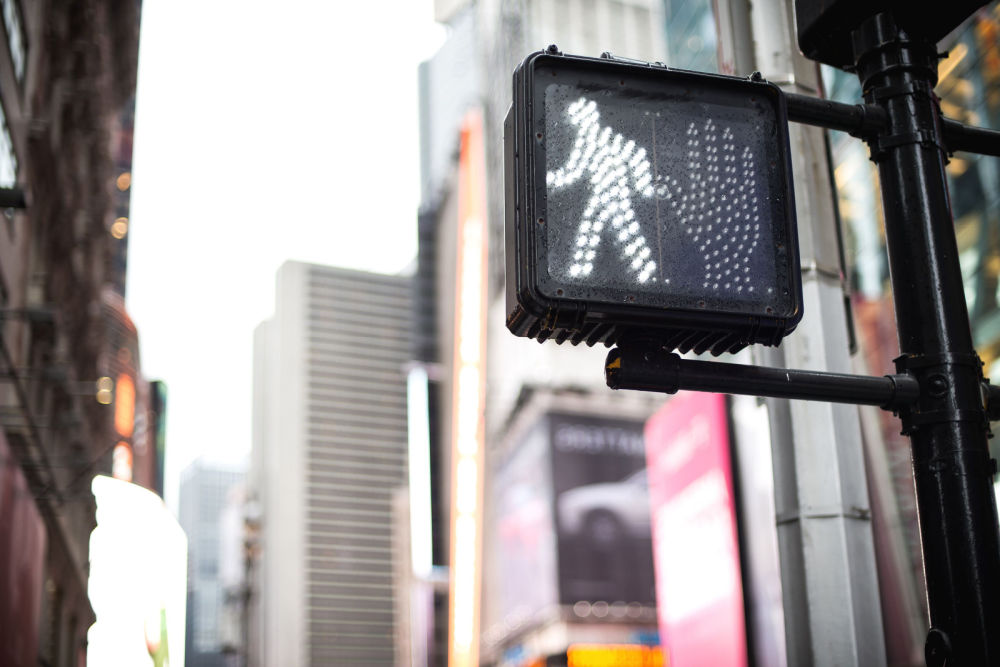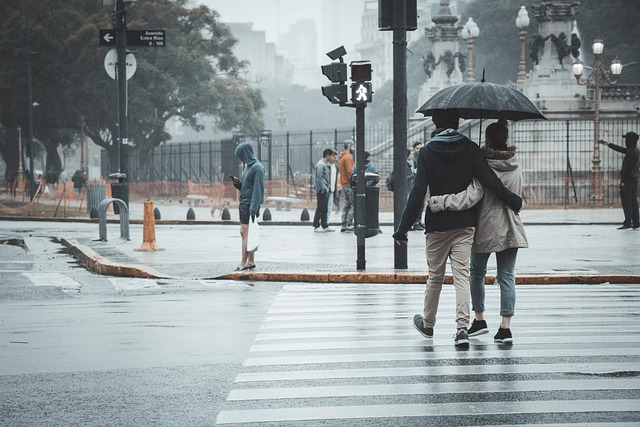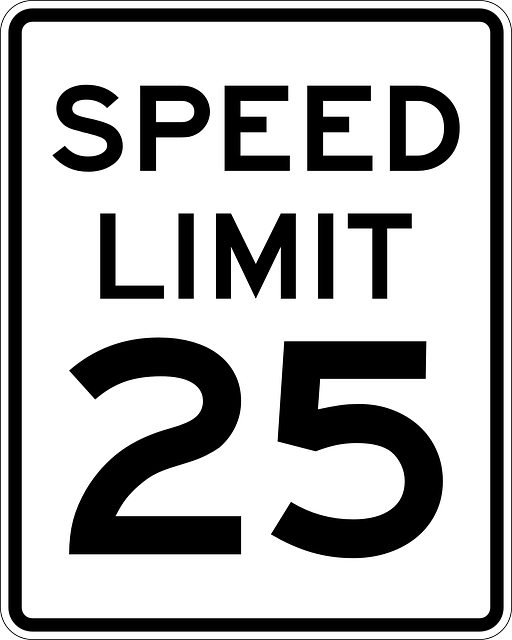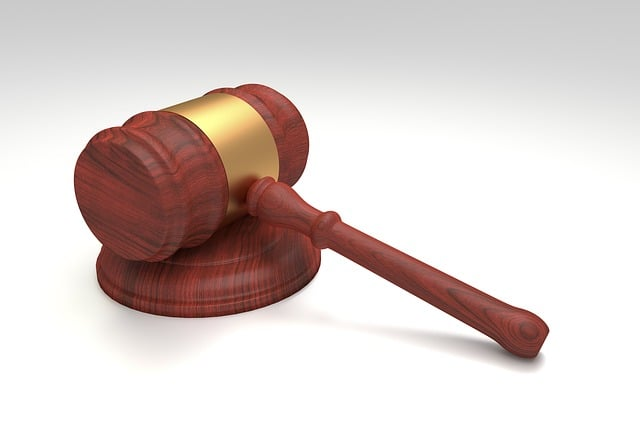The Alarming Statistics
Every year, thousands of pedestrians are injured or killed in accidents and crashes involving cars. This alarming trend not only puts lives at risk but also causes emotional distress and financial burdens for crash victims and their families. In this article, we will discuss the common causes of pedestrian accidents and the deaths in crashes with vehicles, the impact these accidents happen on crash victims, and preventative measures both pedestrians and drivers can take to reduce the risk of such accidents.

Common Causes of Pedestrian Accidents
There are several contributing factors that contribute to pedestrian accidents. Some of the most common causes include:
Distracted driving refers to any activity that diverts a driver's attention away from the primary task of operating their vehicle safely. It can endanger the driver, passengers, pedestrians, and other road users. Distracted driving can be categorized into three main types: visual, manual, and cognitive distractions.
Visual distractions occur when a driver takes their eyes off the road. Examples of visual distractions include looking at a GPS device, checking a phone, or gazing at a billboard.
Manual distractions involve the driver taking their hands off the steering wheel. Examples include adjusting the radio, reaching for an object in the car, or eating and drinking while driving.
Cognitive distractions happen when a driver's mind is not focused on the task of driving. This can include daydreaming, being preoccupied with personal issues, or engaging in a conversation with passengers.
Texting while driving is particularly dangerous, as it combines all three types of distractions. According to the National Highway Traffic Safety Administration (NHTSA), sending or reading a text message takes a driver's eyes off the road for an average of five seconds, which, at 55 mph, is the equivalent of driving the length of a football field with your eyes closed.
To combat distracted driving, many jurisdictions have implemented laws prohibiting certain activities, such as texting or using handheld devices while driving. Additionally, public awareness campaigns have been launched to educate drivers about the dangers of distracted driving and other strategies to encourage them to stay focused on the road.
Speeding
Speeding can be a significant factor in causing accidents involving vehicles and pedestrians. When a driver is traveling at excessive speeds, several factors come into play that increase the likelihood of hitting a pedestrian:
- Reduced reaction time: Higher speeds reduce a driver's reaction time. When a pedestrian unexpectedly enters the road or crosses at an intersection, a speeding driver has less time to react and brake or swerve to avoid a collision.
- Decreased visibility: At higher speeds, a driver's ability to perceive and process visual information is reduced. This means that they may not notice pedestrians in their peripheral vision, especially in low-light conditions or when pedestrians are wearing dark clothing.
- Increased stopping distance: The faster a vehicle is traveling, the longer it takes to come to a complete stop. Speeding drivers may be unable to stop in time when they notice a pedestrian crossing the road, resulting in a collision.
- Loss of control: Speeding can make it difficult for a driver to maintain control of their vehicle, particularly when navigating turns or reacting to sudden changes in road conditions. A loss of control may cause the driver to swerve unexpectedly, which can result in hitting a pedestrian.
- Severity of injuries: When a speeding vehicle hits a pedestrian, the force of impact is significantly greater than at lower speeds. Consequently, the injuries sustained by the pedestrian are likely to be more severe or even fatal.
To minimize the risk of pedestrian accidents caused by speeding, it is crucial for drivers to adhere to posted speed limits, especially in areas with high pedestrian traffic, such as school zones, residential neighborhoods, and urban centers. Furthermore, both drivers and pedestrians should remain vigilant and aware of their surroundings to help prevent accidents.

Failure to Yield
Drivers who fail to yield to pedestrians at crosswalks or intersections put the safety of other vehicle and pedestrians at risk. This safety, is especially true in urban areas where pedestrian traffic and cross walk over is more prevalent.
Poor Visibility
Poor weather conditions, such as rain, fog, or snow, can make it difficult for drivers to see pedestrians. Additionally, poorly lit areas or pedestrians wearing dark clothing can contribute to reduced visibility.

Impaired Driving
Impaired driving, which involves operating a vehicle under the influence of alcohol, drugs, or any substance that affects a person's mental or motor skills, is a significant cause of the pedestrian fatality rate in both pedestrian fatalities, deaths in accidents and pedestrian deaths in crashes involving pedestrians. When a driver is impaired, several factors increase the likelihood of hitting a pedestrian:
Reduced reaction time is a common issue for impaired drivers. Under the influence of alcohol or drugs, their ability to respond quickly to pedestrians entering the roadway or crossing at intersections can be significantly diminished.
Impaired judgment is another effect of alcohol and drugs on drivers. It can lead to risky behaviors such as speeding, running red lights, or failing to yield to pedestrians at crosswalks, all of which can increase the likelihood of hitting a pedestrian.
Poor coordination and motor skills can make it difficult for impaired drivers to maintain control of their vehicle, particularly when navigating turns, reacting to sudden changes in the speed or road conditions, or trying to avoid a pedestrian.
Decreased perception and awareness can result from impaired driving, causing the driver to overlook pedestrians in their path, misjudge distances, or fail to notice traffic signals and signs.
Increased fatigue and drowsiness are also common effects of alcohol or drug use, which can cause a driver to fall asleep at the wheel or have difficulty focusing on the road, increasing the person at risk of hitting a pedestrian.
To reduce the risk of pedestrian fatalities and accidents caused by impaired driving, it is essential for drivers to avoid getting behind the wheel when under the influence of alcohol or drugs. Public awareness campaigns, strict enforcement of DUI laws, and the promotion of alternative transportation options such as designated drivers, rideshare services, or public transportation can all help in addressing this issue.
How Pedestrian Accidents Affect Victims
Pedestrian crash deaths, accidents and pedestrian deaths, pedestrian crash deaths and fatalities can have a profound impact on crash victims, including:
Physical Injuries
Injuries sustained by being struck by vehicles or struck by pedestrians in accidents can range from minor cuts and bruises to more severe injuries, life-altering conditions such as traumatic brain injuries, spinal cord injuries, or even death.
Emotional Trauma
The emotional impact of being a person involved in a pedestrian accident can be significant. Victims of serious pedestrian crashes and fatalities may experience post-traumatic stress disorder (PTSD), depression, anxiety, and a decreased quality of life.
Financial Impact
Medical bills, rehabilitation costs, and loss of income due to an inability to work can place a financial strain on victims and their families.

Preventative Measures for Pedestrians
Pedestrians can take several precautions to reduce their risk of death after being involved in an accident with a car:
Be Visible
Wearing brightly colored or reflective clothing, especially at night, can help increase your visibility to drivers. Additionally, using a flashlight or reflective gear can make it easier for drivers to spot you in low-light conditions.
Be Aware
Always be aware of your surroundings. Avoid distractions like using your phone or listening to loud music while walking near traffic. Keep an eye out for vehicles approaching and be prepared to react quickly if necessary.
Use Crosswalks
Always use designated crosswalks when walking or crossing the street. This not only increases your visibility to drivers but also signals to motorists walking behind them that you have the right of way to the designated crosswalk before them.
Preventative Measures for Drivers
Drivers can also take steps to further pedestrian safety and reduce the risk of pedestrian accidents:
Reduce Speed in Pedestrian Areas
Slow down in areas with heavy pedestrian traffic or near crosswalks and intersections. This gives you and car more time to react to pedestrians and children who may unexpectedly cross enter the roadway.
Avoid Distractions
Put away your phone and other distractions and walk around while driving. Staying focused on the road will help you spot pedestrians and avoid potential accidents.
Be Vigilant
Scan the road ahead for pedestrians, especially with children, in urban areas or near schools and parks. Be prepared to yield to pedestrians at crosswalks and intersections.

Legal Considerations
Understanding the legal aspects of pedestrian accidents is crucial for both pedestrians and drivers.
Pedestrian Rights
Pedestrians have the right to safely use sidewalks, crosswalks, and intersections. In most cases, pedestrians have the right of way when crossing the street at designated crosswalks.
Drivers have a responsibility to exercise caution and care when operating a vehicle. If a driver is found to be negligent in causing death in a pedestrian accident, by law, they may be held liable for damages, including medical expenses, lost wages, and pain and suffering.
Seeking Legal Help
If you or a loved one has been involved in a pedestrian accident, it is essential to consult with an experienced personal injury attorney who can help you navigate the legal process and ensure your rights are protected.
Conclusion
Pedestrian and car accidents and other pedestrian deaths and crashes involving pedestrians hit by cars are a serious concern, causing physical, emotional, and financial hardships catastrophic injuries for victims. By understanding the common causes of these pedestrian deaths and accidents and taking preventative measures, both pedestrians and drivers can help reduce the risk of pedestrian deaths and accidents and create safer environments for everyone.

FAQs
- What should I do if I've been hit by a car as a pedestrian?
Seek medical attention immediately and contact the police to file a report. It's also important to consult with a personal injury attorney to ensure your rights are protected.
- Can I file a claim if I was partially at fault for the accident?
In some jurisdictions, you may still be able to either recover damages or file a claim even if you were partially at another person at fault. Speak with a personal injury attorney to discuss your specific situation.
- How long do I have to file a claim after a pedestrian accident?
The statute of limitations for filing a personal injury claim varies by jurisdiction, but it's generally between two and four years from the date of the accident. Consult with an attorney for more information.
- Do pedestrian accidents often result in serious injuries?
Yes, due to the unprotected extremely dangerous nature of the intersection for motorists and pedestrians and the force and speed of the many motor vehicle crashes and pedestrian crashes there, injuries and fatalities can be severe and life-altering.
- What can I do to stay safe as a pedestrian?
Increase your visibility, stay aware of your surroundings, and use designated crosswalks when crossing the street.

